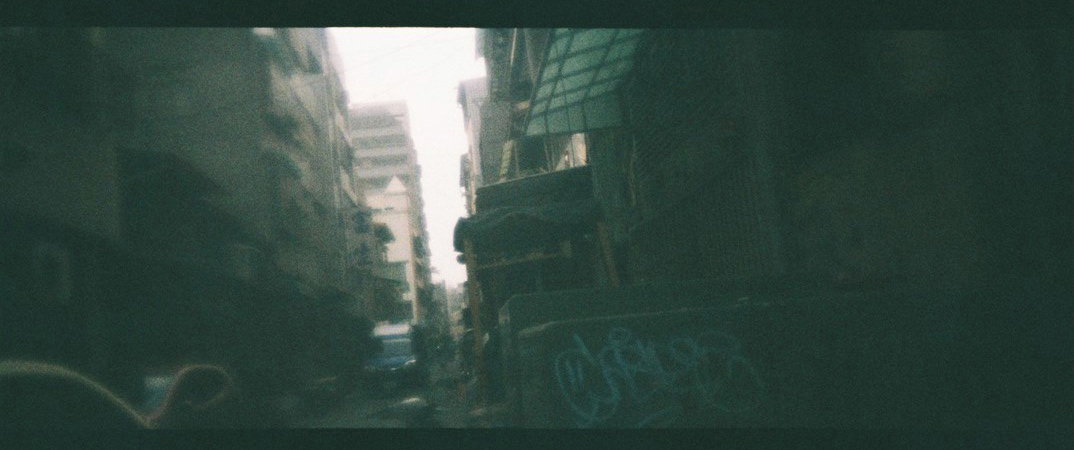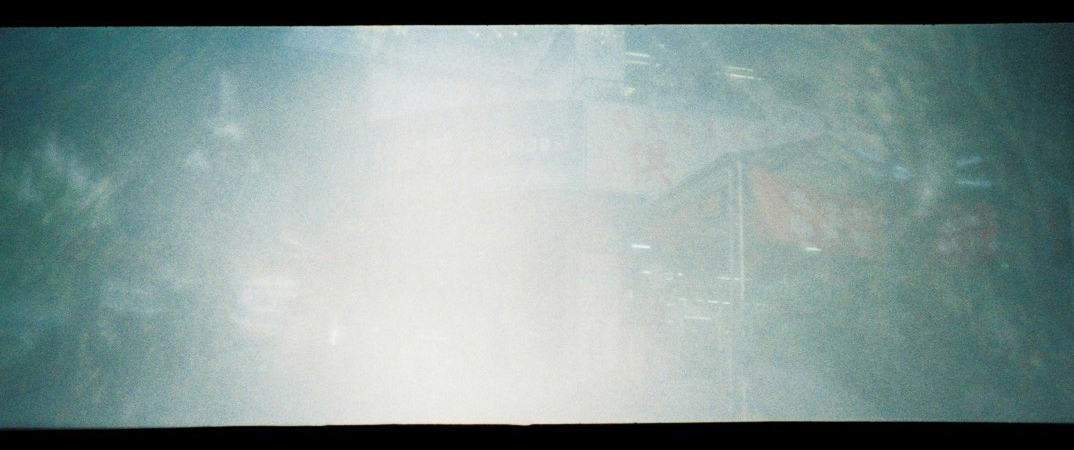2017
映像、3つの音声(41分ループ再生)、1949 年台湾の写真、「客家」の花布、台湾で購入 した中国製の布、メモ書きをトレースした刺繍、写真、 台湾で販売された日本製ゲームの写真
1900 × 1200
Installation
(three sounds, video, a photograph of Taiwan in 1949, a chinese fabric I bought in Taiwan, an embroidery of the traced the note, Hakka floral fabric, a photograph of Japanese games sold in Taiwan, a photograph)
1900 × 1200
sounds total: 41min, play on repeat
数年前に台湾での展示に参加し、そこで多くの台湾の友人と出会った。彼らの自国に対する意識や姿勢は、当時の自分に強い印象を残した。その数年後には、異国にいる日本語を話す人々について考えていた。その場所の一つが台湾だった。
日本や蒋介石の中国国民党による統治の時代を経て、現在の台湾を生きる方の話を聞きたいと思い、前作では90代の日本語世代の方に話を聞いた。今作ではより若い世代、親や祖父母が日本語世代となる方々を含めた7名の方に話を聞き、取材時の対話の音源をメインに、フィルムカメラで収めた現在の台湾の映像や、台湾で販売されていた台湾製と中国製の布、日本製ゲームのイメージ等を組み合わせた。
I participated in the exhibition in Taiwan several years ago and I became friends with many Taiwanese there. Their awareness of and attitude toward “Taiwan” left a strong impression on me at the time. A few years later, I was thinking about people who speak Japanese living in the country other than Japan. One of those places was Taiwan.
I wanted to listen to the story of people who has lived in Taiwan from the era of Japanese rule and the Chinese Nationalist Party (KMT)’s rule to the present. That’s why I interviewed the 90-year-old Taiwanese, who is from the generation called “Japanese generation” in my previous work. In this work, I listened to the stories of seven Taiwanese who are the children and grandchildren of the Japanese generations and Japanese generations.
I made this work by mainly using the sound of their dialogue and using the video of the current Taiwan taken with a film camera, the Chinese cloth and the Taiwanese cloth I bought in Taiwan, and the image of Japanese game sold in Taiwan.
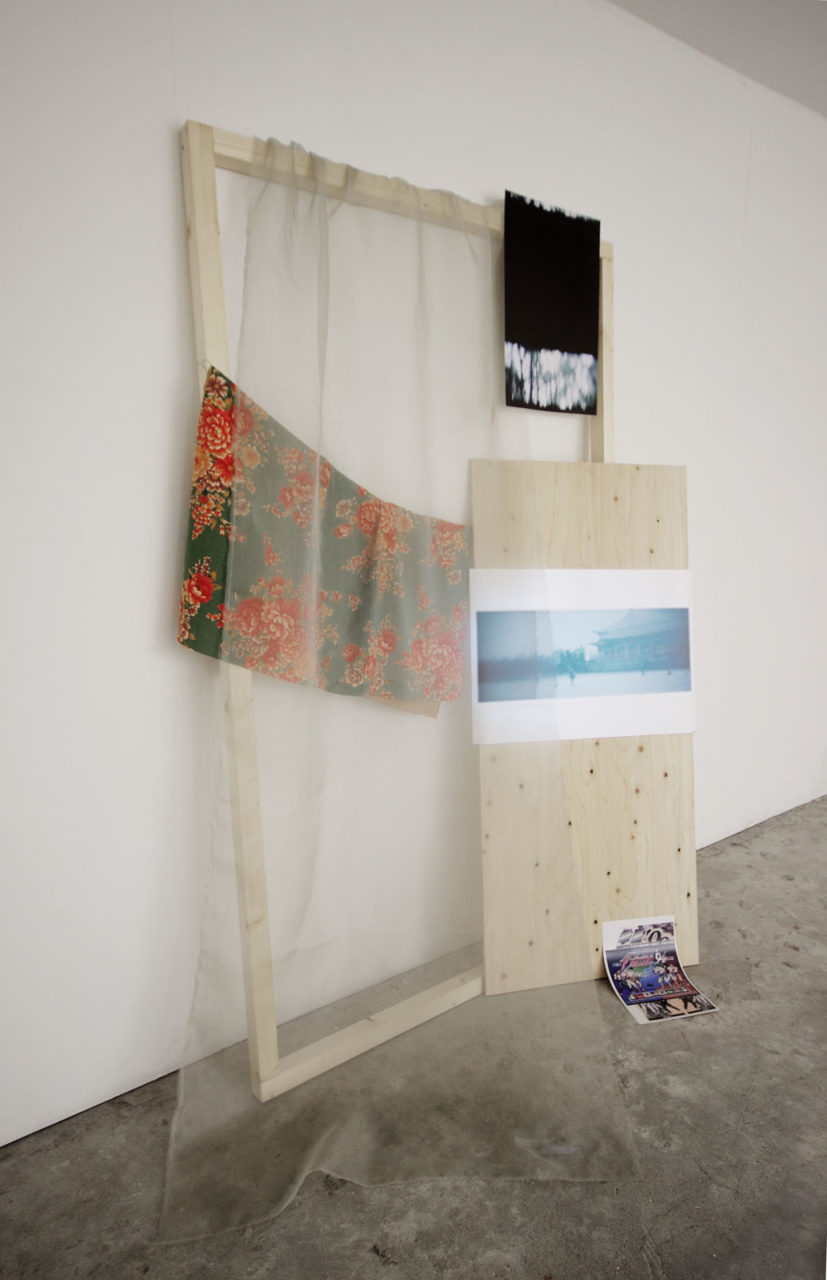
 複数の対話が同時に流れている Multiple dialogues are playing from multiple speakers at the same time.
複数の対話が同時に流れている Multiple dialogues are playing from multiple speakers at the same time. 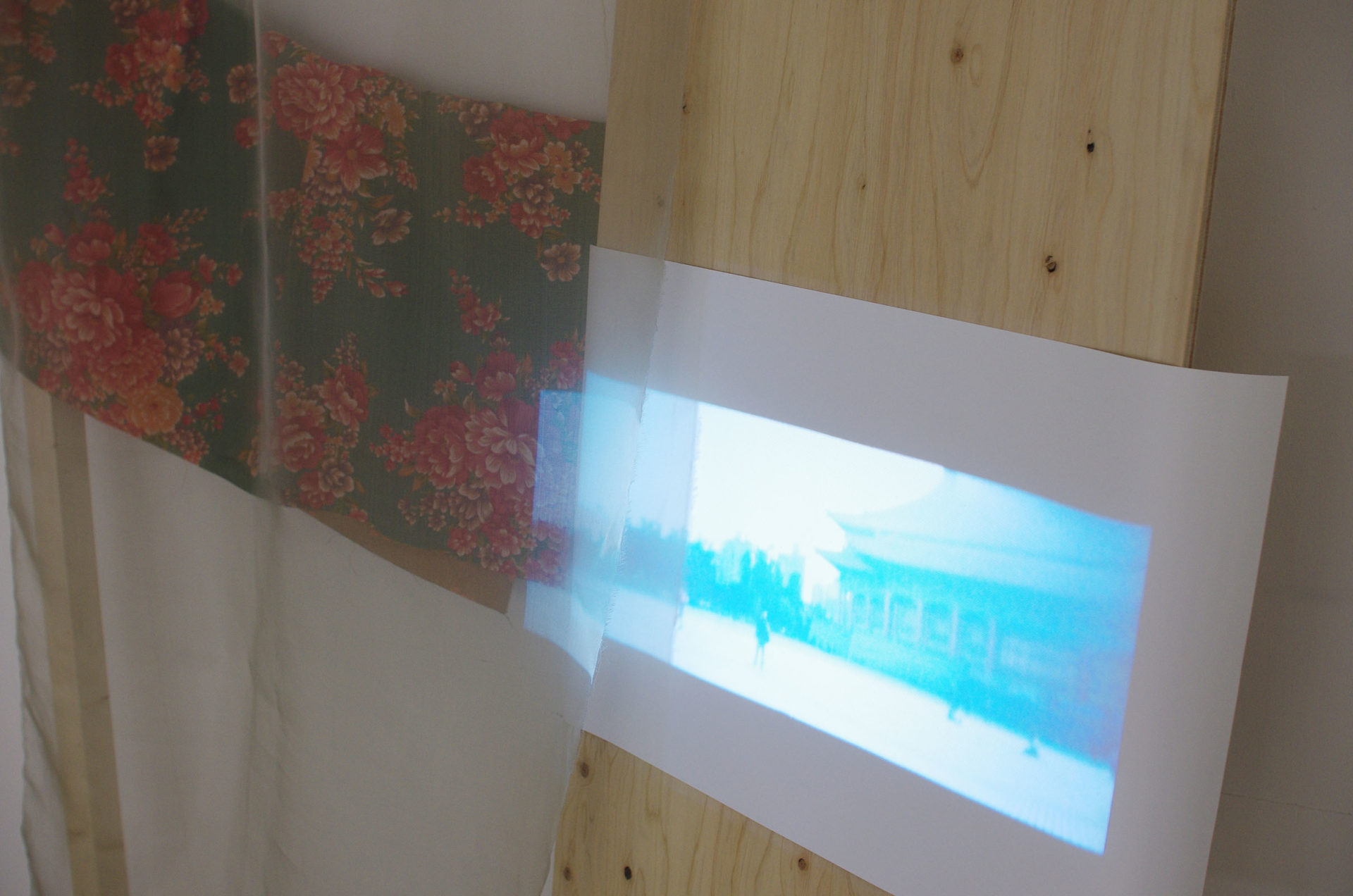
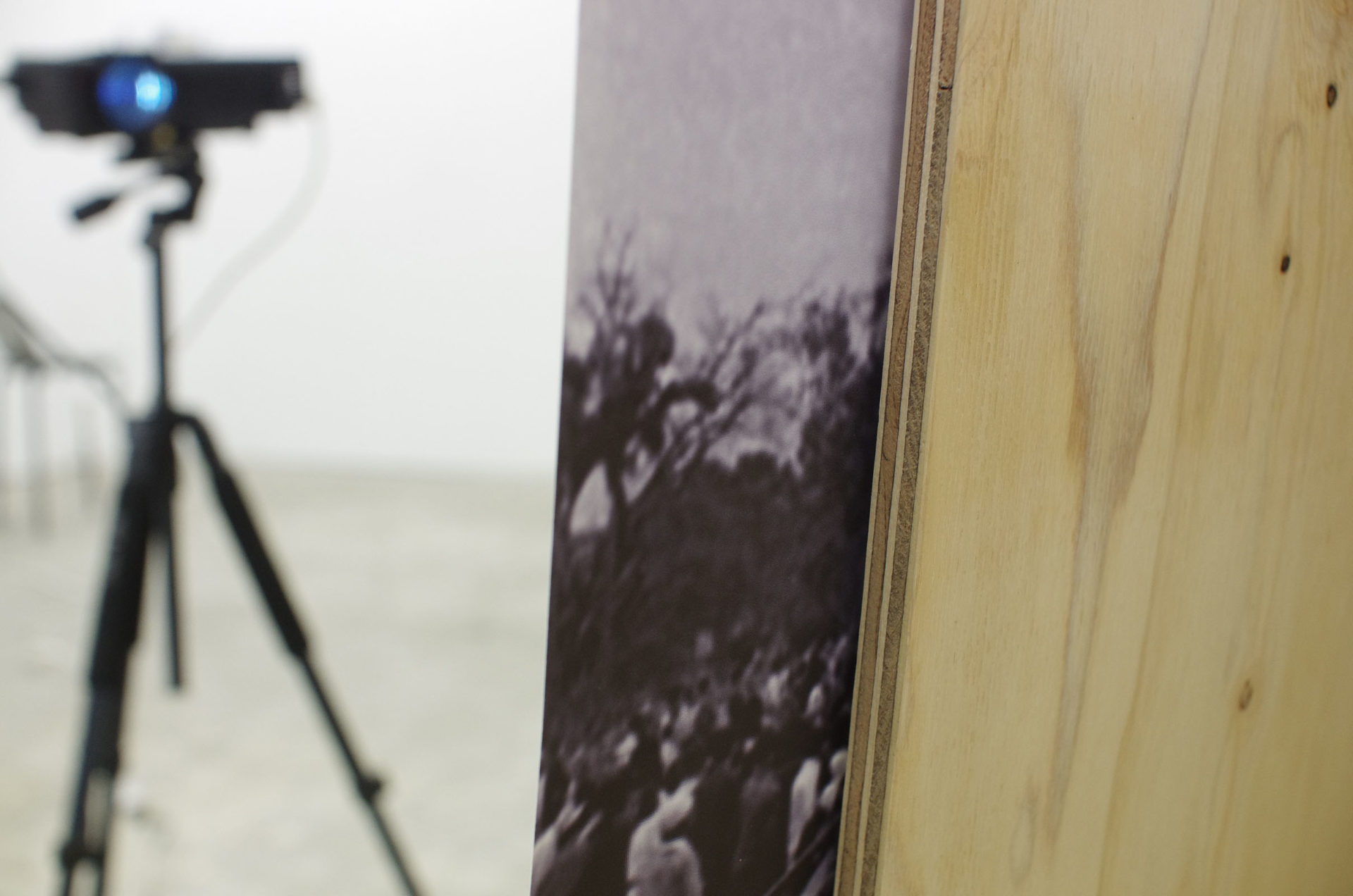
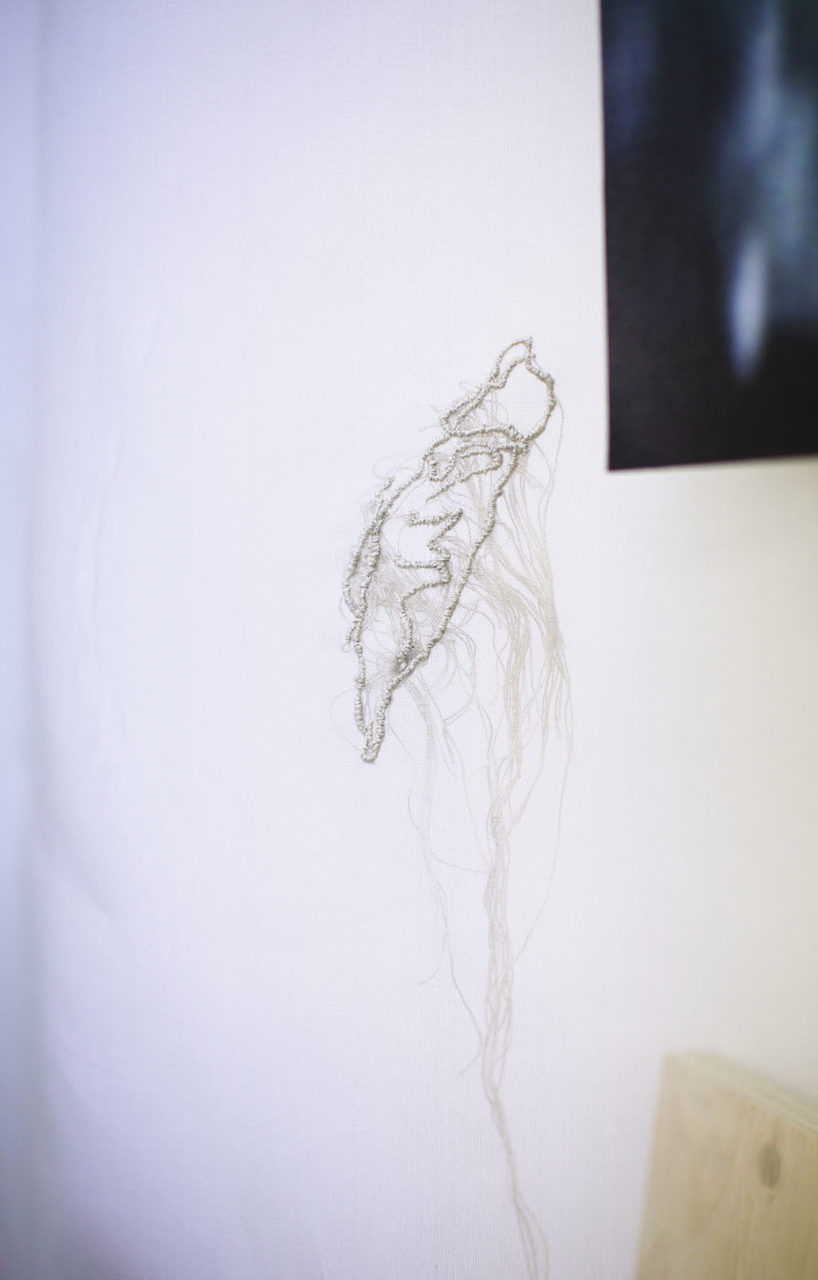 書道家の陳さんのメモ書きを元に作成した刺繍。中国意識の教育としての書道に反発し、書を通して自身のアイデンティティや独自の表現を模索してきた。
書道家の陳さんのメモ書きを元に作成した刺繍。中国意識の教育としての書道に反発し、書を通して自身のアイデンティティや独自の表現を模索してきた。 
